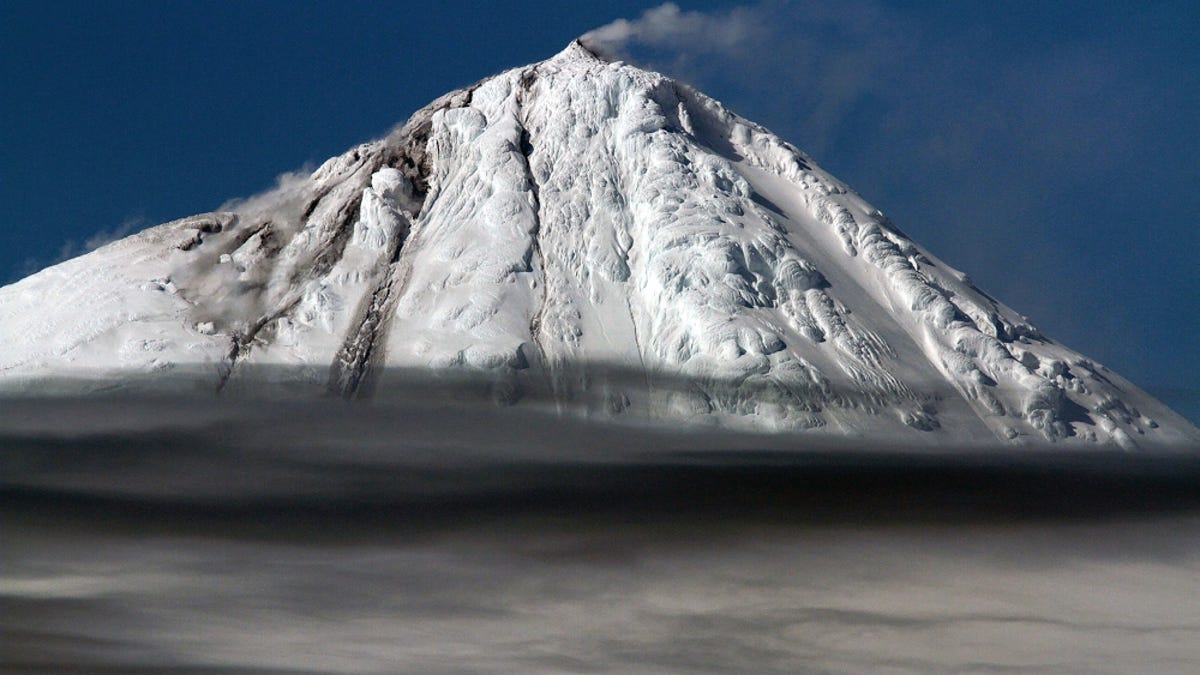Scientists catch rare footage of icy volcano erupting
Active volcano Big Ben on a sub-Antarctic island has been viewed and captured in a rare direct observation of the event.
Big Ben, a volcano on the remote sub-Antarctic Heard Island, is active and has been since at least 1881. It includes Mawson Peak, which at 2,745 metres high, is the second-highest peak in Australian territory. However, while Big Ben erupts relatively often, including at least three other events since 2000, the island's seclusion means that humans are rarely around to witness these events. They are usually observed after the fact in satellite photos.
So for the scientists on board the Australian Commonwealth Scientific and Industrial Research Organisation's research vessel Investigator, the eruption of Big Ben when they were nearby was a magnificent surprise.
"Seeing vapour emanating from both of Australia's active volcanoes and witnessing an eruption at Mawson Peak have been an amazing coda to this week's submarine research," said the expedition's chief scientist, Mike Coffin, who is a geophysicist and professor at the University of Tasmania Institute for Marine and Antarctic Studies.
"We have 10 excited geoscientists aboard Investigator and our enthusiasm has spread to our 50 shipmates."
The IMAS expedition was travelling around the islands on the Kerguelen Plateau off Antarctica in the southern Indian Ocean. The aim of the expedition was to study how active volcanoes on the seafloor are linked to the mobilisation of iron that supports life in the Southern Ocean. This research hopes to prove that iron from underwater volcanoes fertilises the ocean and has an effect on phytoplankton blooms. Because phytoplankton contribute at least half of the atmosphere's oxygen, it's important to know what controls it.
The Big Ben eruption was an added bonus.
"I'm doing my PhD on Heard Island volcanism, and to see lava emanating from Mawson Peak and flowing down the flank of Big Ben over a glacier has been incredible," said Earth sciences PhD candidate Jodi Fox. "Given persistent cloud cover and generally foul weather, I didn't think we'd even see Mawson Peak on this voyage."


